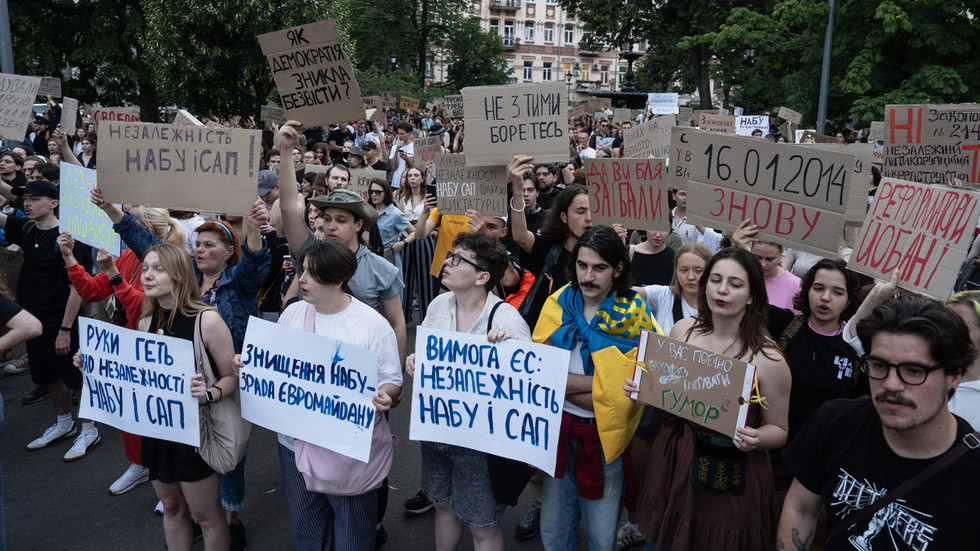As far back as the 1960s, archaeologists had a feeling that Catalhoyuk was something special. And not just because the Neolithic settlement was one of the oldest continually inhabited places in the world.
Researchers believed that women had an elevated societal position in Catalhoyuk, now a UNESCO World Heritage Site in contemporary Turkey.
But that hunch was only based on figurines they had found and believed to represent Anatolian mother goddesses.
Only with the methods of modern archaeology were researchers able to turn their feelings into fact: Society in the Catalhoyuk of 9,000 years ago was centered around women. An international research team led by geneticists from the Middle East Technical University in Ankara published their findings in the journal Science.
The researchers came to their conclusion after examining 131 skeletons they had discovered buried right under houses the people of Catalhoyuk had inhabited.
DNA analysis showed that people buried under the same house were often related — on their mother's side. In other words, when a man and a woman entered a partnership in the Neolithic settlement, they moved in with the family of the woman, not that of the man. Households were formed on a matrilineal basis.
And there was another indication that women had a higher status than men: Archaeologists found as many as five times the grave goods buried with female bodies than with male ones.
Gene therapy helps doctors treat genetic disorders
Was Catalhoyuk a matriarchy?
In the more recent past, patrilineal households, where women move in with their male partner's family after marriage, were more common — and formed a patriarchy. So, does the reverse mean that the residents of Catalhoyuk, who lived from about 7100 to 6000 BCE, lived in a matriarchy?
Not necessarily, said prehistoric archaeologist Eva Rosenstock, who took part in the excavation in Catalhoyuk and researches scientific and cultural archaeology.
"Whether a society is matrilocal or patrilocal generally doesn't tell you anything about who has the power," Rosenstock told DW. "But those things often go hand in hand."
Switching children with neighbors
Digging up, if you will, usable DNA for genetical analysis was not an easy feat for the researchers.
Catalhoyuk was located in a region with continental climate, with strong fluctuations between winter and summer. Under these conditions, even teeth, which were known until recently as one of the best source of DNA, do not keep forever.
But there is a tiny part of the human body that has turned out to be the perfect source of DNA in adverse conditions such as those in the Catalhoyuk region: the petrous part of the temporal bone, located in the inner ear.
"It's like a DNA safe!" Rosenstock said.
It was through analyzing the material in this "DNA safe" that researchers discovered the matrilineal relationship between people buried under the same house.
But not all people buried under the same house were related. The archaeologists assume that it wasn't out of the ordinary in Catalhoyuk society to switch children, so that your child would grow up in a different family close by. This was probably done in an effort to guarantee equal distribution of resources and, according to experts, points to society valuing the idea of equal rights for all.
 One of the discoveries made in Catalhoyuk was the skeleton of a newbornImage: Peter F. Biehl/Çatalhöyük Research Project
One of the discoveries made in Catalhoyuk was the skeleton of a newbornImage: Peter F. Biehl/Çatalhöyük Research Project"If your own child grows up three doors down, you're probably not going to advocate for just your household to get the best of everything," said Rosenstock.
But how did a society valuing equality and centered on women turn into the patriarchy that has dominated Central Europe in the more recent past? Rosenstock doesn't have an answer — at least not yet: "That's the next exciting question."
This article was original published in German.

 7 hours ago
4
7 hours ago
4









